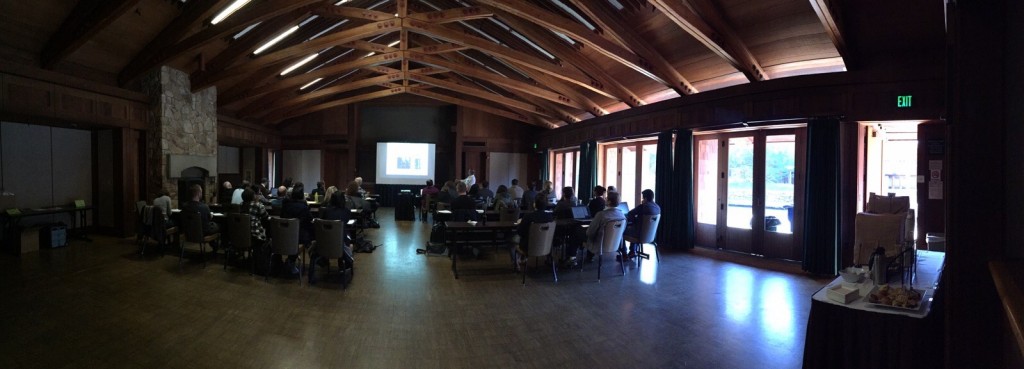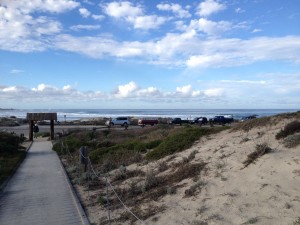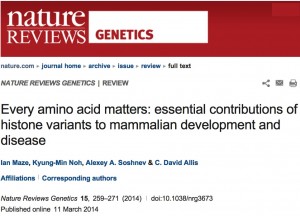
Chromevol is back from ACCEC 2015, Asilomar chromatin is back!
Posted by Chromevol | Cellular biology, Chromatin, Conference, Epigenetics, Histones, Research | No CommentsLast week we attended the 37th Asilomar Chromatin, Chromosomes and Epigenetics Conference (asilomarchromatin.com) in Pacific Grove, CA. It was a great opportunity to interact with old and new colleagues as well as to enjoy the beautiful setting of this conference in the Monterey peninsula. We had the chance of presenting our research in three talks, including our latest work about histone macroH2A in invertebrates (now under review), network analyses in environmental epigenetic responses and chromatin specialization in marine organisms. Overall it was a great experience (and we had the chance of experiencing the winter for a few days before returning to south Florida!). We’re looking forward for next year’s edition already!












